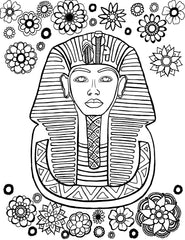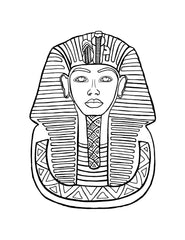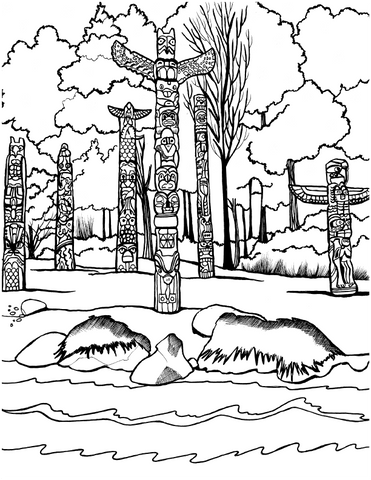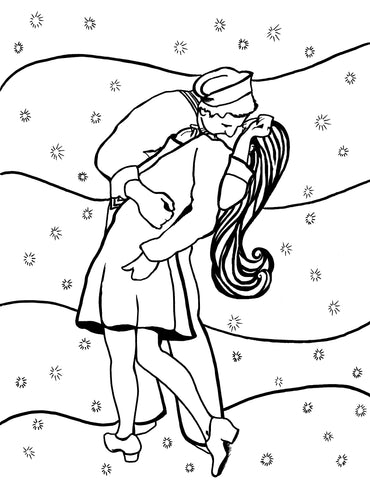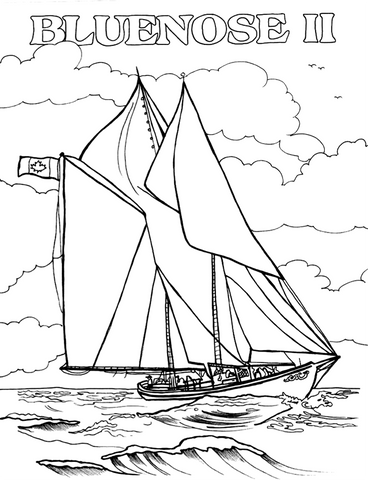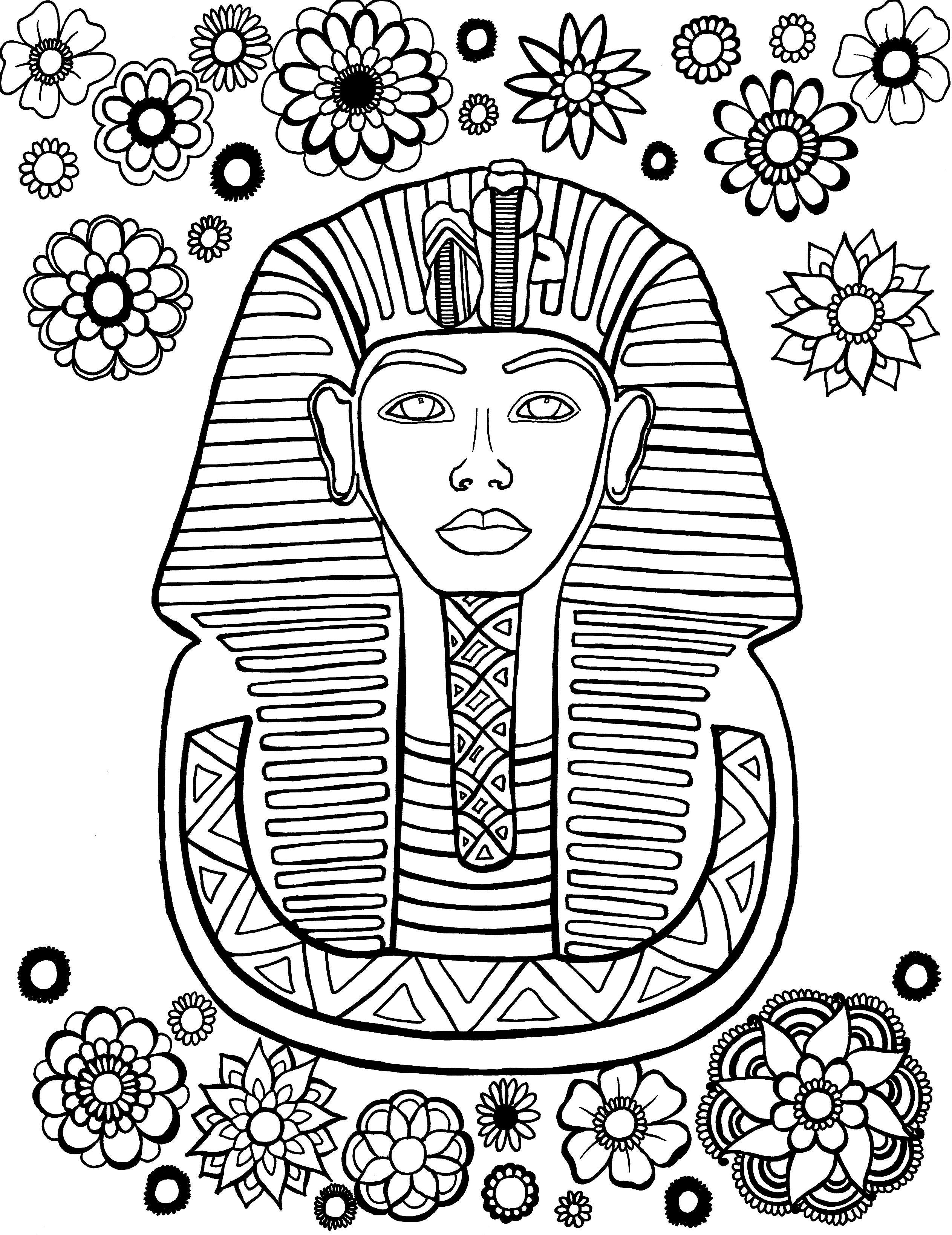
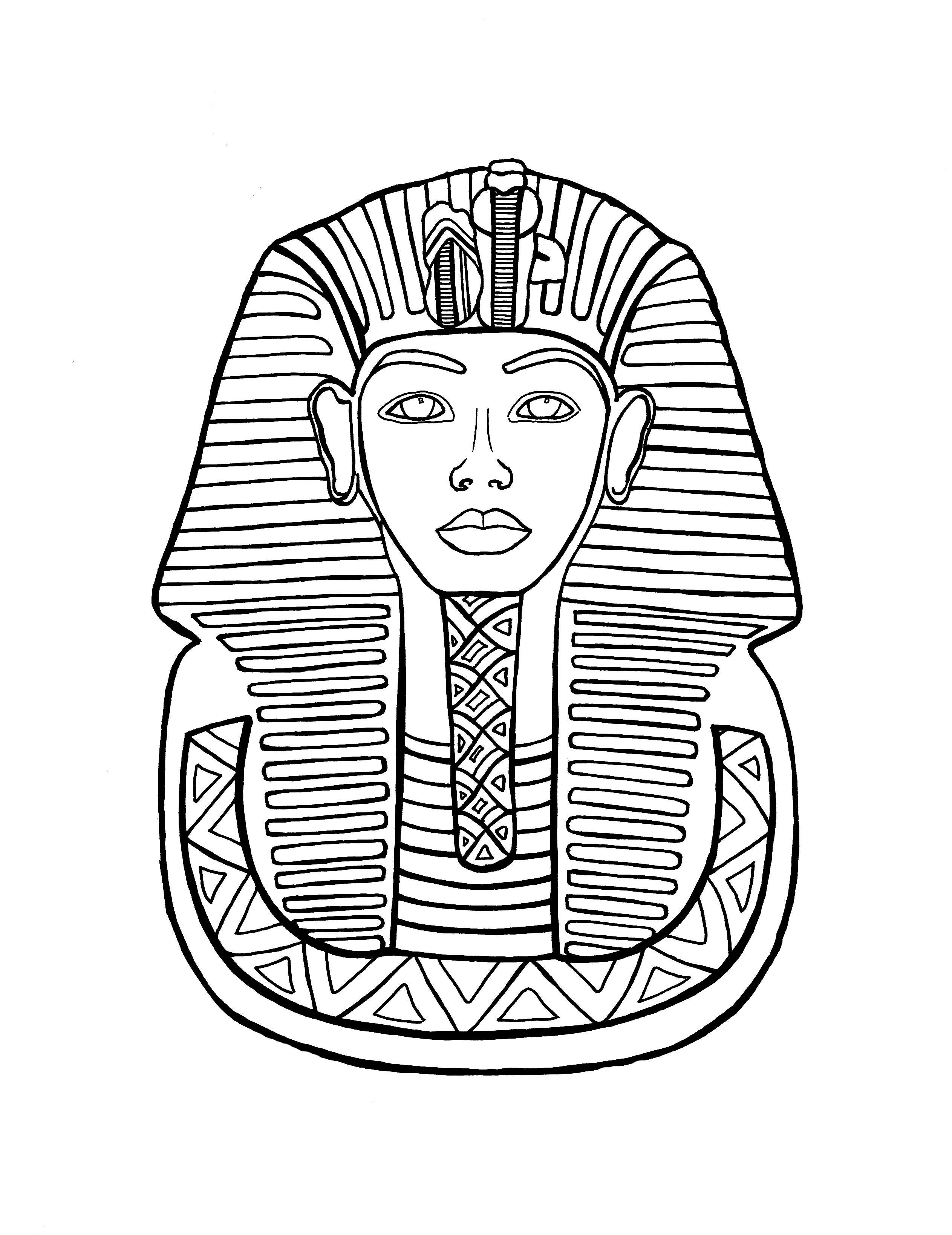
King Tut, Cairo - Free Coloring Page
King Tut – The Boy Pharaoh and His Golden Legacy
Explore the fascinating world of ancient Egypt with our free King Tutankhamun coloring page, showcasing the iconic Mask of Tutankhamun, one of the most renowned artifacts in history. Known as King Tut, this young Pharaoh ruled during the New Kingdom era (1334–1325 BC), ascending the throne at just 8 or 9 years old. Though his reign was short, the discovery of his nearly intact tomb in 1922 by Howard Carter forever immortalized his name.
The burial mask, depicted on our coloring page, is a masterpiece of Egyptian artistry, crafted from gold and inlaid with precious stones. It represents the pinnacle of ancient Egyptian craftsmanship and continues to inspire wonder and awe worldwide.
Did You Know?
King Tut’s story is steeped in intrigue, not only because of his untimely death at 18 or 19 years old but also due to the legend of the Pharaoh’s curse. This myth gained popularity after several individuals associated with the tomb’s discovery reportedly died under mysterious circumstances. While dismissed by scientists as mere coincidence, the tale of the curse has added to King Tut’s enduring mystique.
Bring Ancient Egypt to Life with Color
Our King Tut coloring page allows you to recreate this iconic figure in your unique style. Dive into the world of ancient Egyptian art by researching traditional colors and patterns, and transform the page into a masterpiece. Choose from two designs: one featuring mandala flowers and another focusing solely on the mask itself.
For even more artistic exploration, check out our Cairo coloring page or explore the Coloring and Reading Books at you-color.com, where history and art come together to educate and inspire.
The Legacy of King Tut
Tutankhamun’s life was marked by remarkable achievements, including the restoration of traditional Egyptian religion and monuments damaged by previous rulers. Despite facing health challenges like malaria and a deformity that required the use of a cane, King Tut’s contributions to Egypt’s legacy were significant. His nearly intact tomb, containing over 5,000 artifacts, remains one of the greatest archaeological discoveries of all time, sparking global fascination with ancient Egypt.
Among the treasures discovered, the Mask of Tutankhamun is the most iconic and can be seen today at the Egyptian Museum in Cairo. If you ever visit, make sure to experience this breathtaking artifact in person.
Start Your Coloring Adventure
Until then, bring history to life by downloading the free King Tut coloring page at you-color.com. Let your creativity flow as you explore the story of the Boy Pharaoh and his golden legacy. Don’t forget to check out our coloring books, packed with fascinating historical facts and stunning illustrations to color.
Le masque de Toutankhamon
Toutankhamon, ou simplement le roi Tut, était un pharaon égyptien, et le dernier de sa famille royale. Il régna entre 1334 et 1325 avant JC , pendant le Nouvel Empire de l'histoire égyptienne. Il monta sur le trône très tôt, alors qu'il n'avait que 8 ou 9 ans.
Il a épousé sa demi-sœur et ils ont perdu deux enfants (un pendant la grossesse et un à la naissance). Le pharaon avait en fait 2 noms, Toutankhamon et aussi Toutankhaton, qui signifieraient « Image vivante d'Amon » et « Image vivante d'Aton ». Amon était une divinité importante dans la culture égyptienne antique, tandis qu'Aton était au centre de l'Aténisme, une religion de l'Égypte ancienne axée sur le soleil. Aton était « le créateur, le donateur de la vie et l'esprit nourricier du monde ».
Au cours de son règne, King Tut a restauré la religion égyptienne antique et a également commencé à restaurer d'anciens monuments endommagés lors des pharaons précédents. Il a également déplacé la capitale de l'Égypte d'Akhetaton à Thèbes. Au cours de sa vie, il a eu divers problèmes de santé, notamment le paludisme, une scoliose et une déformation du pied gauche qui l'obligeait à toujours utiliser une canne. Il est décédé prématurément, à l'âge de 18 ou 19 ans.
Sa tombe a été retrouvée presque intacte en 1922, avec plus de 5 000 artefacts. Cette découverte a créé un plus grand intérêt pour l'Égypte ancienne. De plus, en raison des multiples décès autour de la découverte de son tombeau, il y avait une croyance en la «malédiction des pharaons».
L'une des principales découvertes est le « Masque de Toutankhamon », qui est maintenant hébergé au Musée égyptien du Caire et qui est un symbole populaire de l'Égypte.
Donc, si jamais vous visitez ce musée au Caire, assurez-vous d'aller voir le masque de Toutankhamon. En attendant, vous pouvez vous amuser à le colorier ! Consultez également nos superbes livres à colorier qui sont remplis de nombreux faits historiques intéressants à lire et des dessins à colorier.
Toutes les illustrations de You-Color.com sont protégées par les droits d'auteurs et sont réservées uniquement pour un usage personnel.

